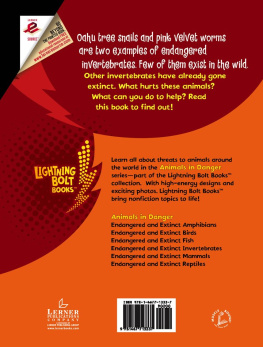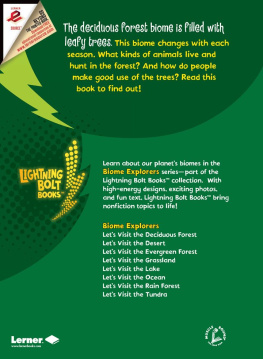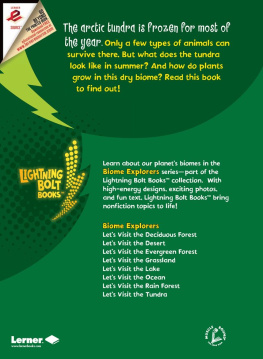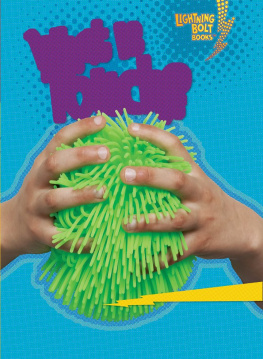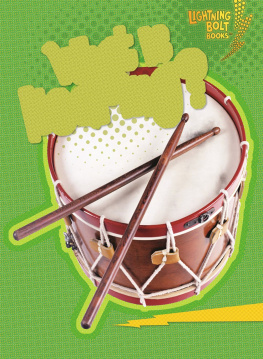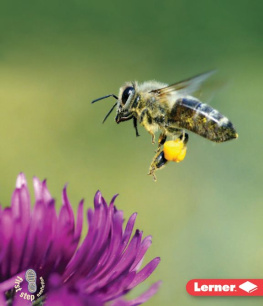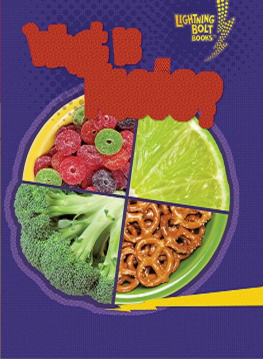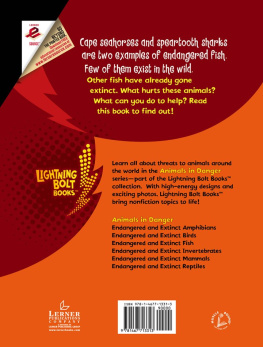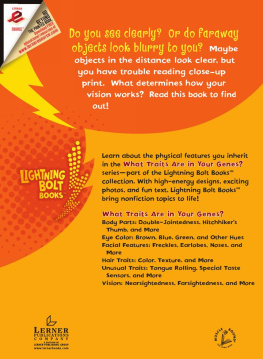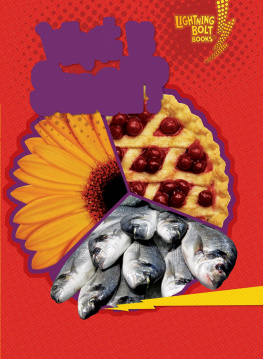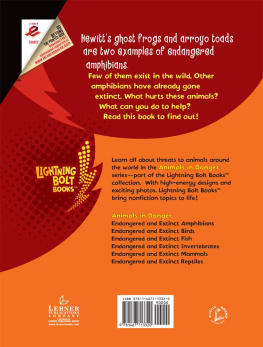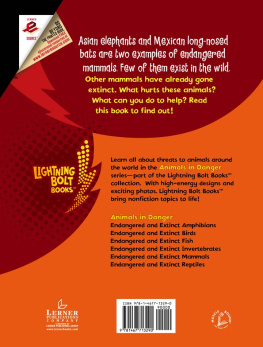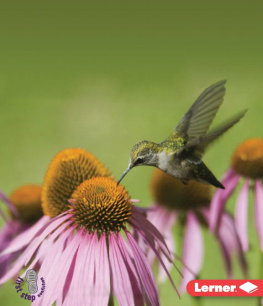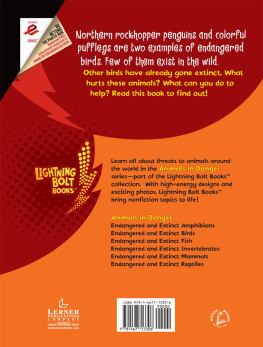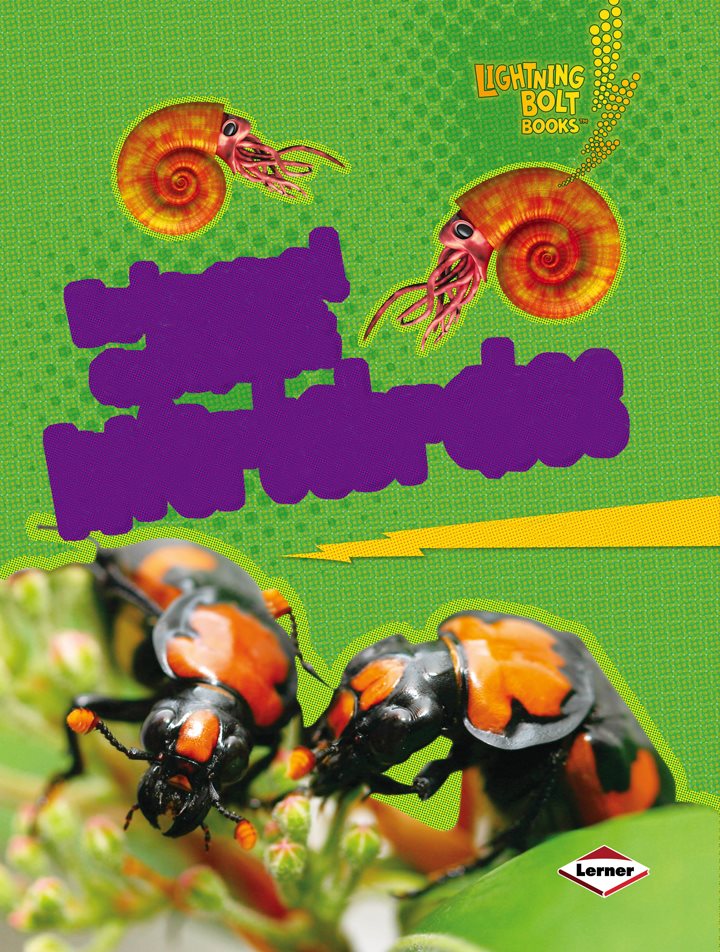Endangered
and Extinct
Invertebrates
Jennifer Boothroyd
For my friend
Nathan W.
-J. B.
Copyright 2014 by Lerner Publishing Group, Inc.
All rights reserved. International copyright secured. No part of this book may be reproduced,
stored in a retrieval system, or transmitted in any form or by any meanselectronic, mechanical,
photocopying, recording, or otherwisewithout the prior written permission of Lerner Publishing
Group, Inc., except for the inclusion of brief quotations in an acknowledged review.
Lerner Publications Company
A division of Lerner Publishing Group, Inc.
241 First Avenue North
Minneapolis, MN 55401 U.S.A.
For reading levels and more information, look up this title at www.lernerbooks.com
Library of Congress Cataloging-in-Publication Data
Boothroyd, Jennifer, 1972
Endangered and extinct invertebrates / by Jennifer Boothroyd.
pages cm. (Lightning bolt books. Animals in danger)
Includes index.
ISBN 9781467713337 (lib. bdg. : alk. paper)
ISBN 9781467724951 (eBook)
1. Rare invertebratesJuvenile literature. 2. Extinct invertebratesJuvenile literature. I. Title.
QL362.45.B66 2014
592.168dc23
2013020700
Manufactured in the United States of America
1 PC 12/31/13
Table of Contents
Helping Endangered
Invertebrates
What You
Can Do
A Remarkable
Recovery
Invertebrates
Invertebrates are animals
without backbones. There are
many types of invertebrates.
These animals are
invertebrates.
Some invertebrates are in
trouble. They are endangered .
Endangered animals are
in danger of dying out.
The Delta green
ground beetle is
endangered.
Endangered
Invertebrates
Greek red
damsels
are bright
red.
This insect is
also endangered.
The damsels live by streams.
They eat small insects.
Polluted waters
are dangerous for
Greek red damsels.
Whats sitting on that leaf?
Its an Oahu tree snail. It lives in
a mountain forest.
Not many Oahu tree
snails are left.
The snails are small. Their
shells have different colors.
This scientist is releasing
an endangered snail into
its natural environment.
Tiny algae live on coral.
The coral gets its food
from the algae.
Staghorncorallivesintheocean.
Thecoralisendangered.
Water that is too warm or
too cold can harm the coral.
This coral is
not healthy.
The pink velvet worm
has fuzzy skin.
Pink velvet worms
live under dead
leaves in a forest
similar to this one.
The worms live in
Weza- Ngele Forest
in South Africa.
Their habitat is
getting smaller.
People built roads
and cut down
trees. The worms
are in trouble.
White-clawedcrayfishliveinstreams.
This crayfishs
claws are white
underneath.
TheyarefoundinEurope.
The crayfish hide under rocks
and tree roots. They eat small
fish and insects.
The white- clawed crayfish
population is shrinking. These
people are working on a
project to help save them.
Extinct
Invertebrates
Meganeura are extinct. They
have completely died out.
These insects lived
millions of years ago.
This dragonfly was huge.
Some had wingspans over
feet (61 centimeters) long.
Trilobites lived in the ocean.
They had hard outer shells.
Trilobites died out
million years ago.
People learn about trilobites
from fossils.
Fossils are
hardened remains of
animals or plants.
There were twenty
thousand kinds of
trilobites. Here are
just a few.
Ammonitesliveddeepintheocean.Theywentextinct65millionyearsago.
This animals shell
protected its
soft body.
The largest of these
animals were feet
(3 meters) across.
Some ammonites
were small. Others
were very big.
Aldabra banded snails
had striped shells.

